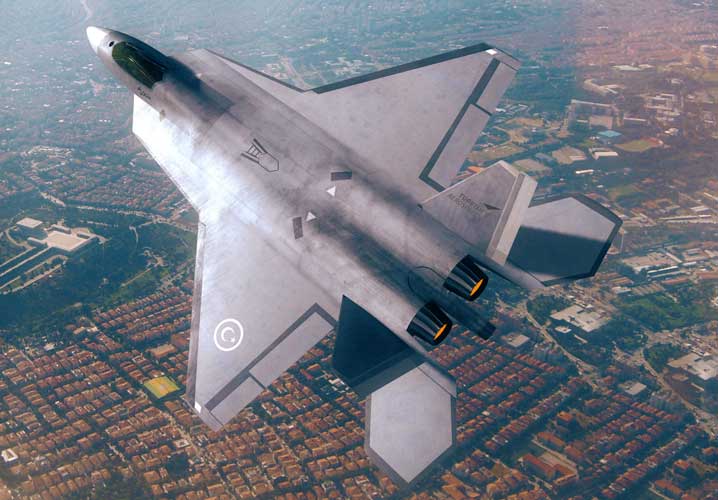Aluminum 7075, 7085 (7xxx in general actually) is quite proven (strength, toughness etc) and offers large scope of (relative) economical machinability...along with (relative) low weight.
Spot on. No question mark needed, it will be very valid option for Turkey to consider right away (in fact its probably already been scoped out, I forgot to mention this earlier) if the Titanium 3d print + machining route faces any stumbling or related issue.
The milling choice (over say forging) and (contour-parallel) pattern is probably what the CAD/CAM predictor algorithm + analysis + verification gave as optimal factoring in:
a) Minimizing effects of grain flow anisotropy (esp considering this is still Al alloy in the end and it has no fatigue limit for any level of stress cycle, unlike Fe and Ti alloys).
b) You also want to keep compression-tensile considerations as similar w.r.t design parameters as possible (i.e preserve isotropy + dimensional stability) for this very reason too and also to mitigate work/strain hardening (and myriad of related+consequent effects) during service
c) The design relevance of acute angles and geometry involved in some of these edges (and their relevance to larger stress flow paths after assembly) in relation to precise forging potential to begin with
d) Required Tool feed + speed, other tool economics, time, costs, related economics, reliability and related QC/QA (given you don't want to over-age the Aluminium in stress concentrators etc by too much tool heat among other issues, given prior heat treatment + tempering already done, stress residuals, stress relief etc)
e) Any other general factors related to getting the most optimal amount of material removed closest to max theoretical weight reduction etc by the most optimal process .
All of these will relate to maximum flight hours the aircraft design is qualified for (given integral nature of these structures) w.r.t cost. I don't need to explain how important that is

.
If any member would like any of this further clarified/explained, I would be happy to.
I hope to eventually cover some related metallurgy + processes etc in my jet engine series thread (found in signature)
@VCheng @Saithan @Joe Shearer @Saiyan0321 @T-123456 @Webslave
Yep, spot on. It is all based on the optimal stress flow path analysis w.r.t weight of material and fatigue cycle analysis for entire frame (among others). Similar to how wing spar material is often specifically chosen differently to rest of load carriers/dispersers...to optimise strength w.r.t weight of the whole system as economically but reliably as possible.
Good example. It happens quite frequently tbh. Titanium is not an easy material...esp for volume-intensive optimised geometries.
@anmdt @Sinan et al.











